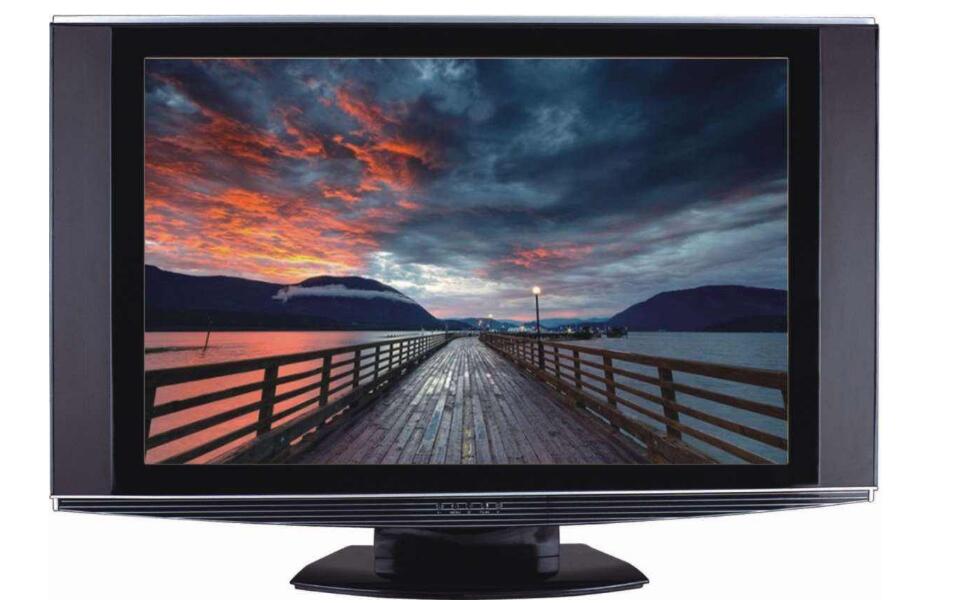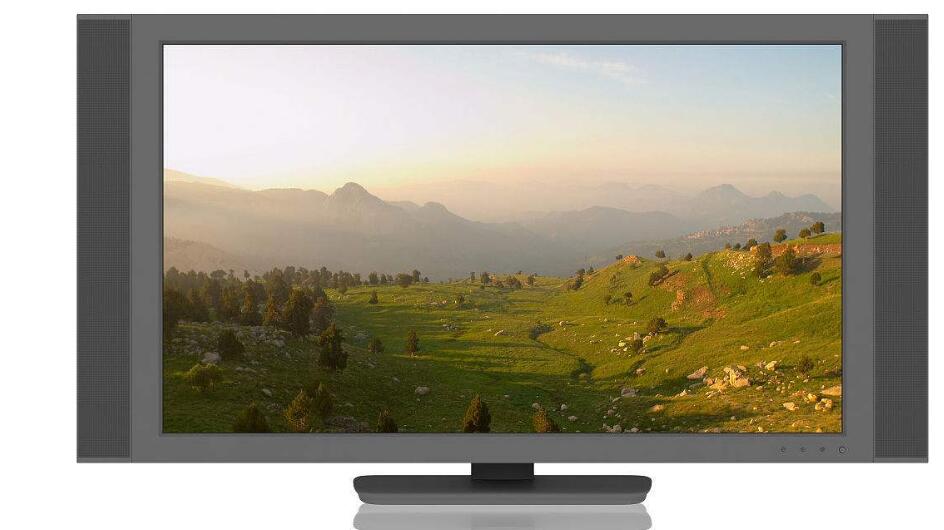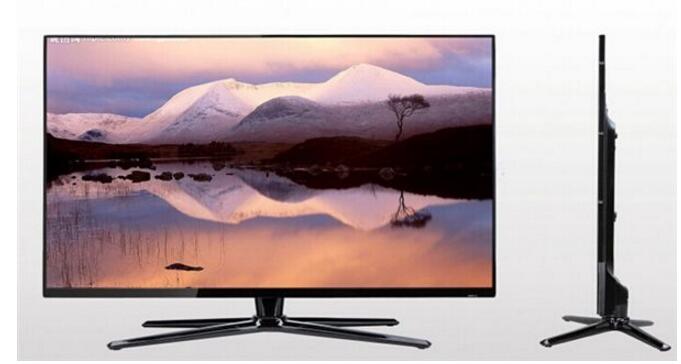**Overview of Plasma TV**
Plasma TV, short for Plasma Display Panel, is a type of television that uses a mixture of noble gases sealed between two thin glass panels. When voltage is applied, the gas ionizes and excites phosphor coatings to emit light. Compared to CRT displays, plasma TVs offer high resolution, large screen sizes, ultra-thin designs, vibrant colors, and rich image quality. In contrast to LCDs, plasma TVs provide higher brightness, better contrast, wider viewing angles, and more vivid color reproduction.
Plasma display technology can be divided into two main types: DC-type PDP (Direct Current Plasma Display Panel), where electrodes are in direct contact with the gas, and AC-type PDP (Alternating Current Plasma Display Panel), where electrodes are covered by a dielectric layer. There are three primary types of color PDPs: single-substrate (surface discharge) AC PDP, dual (counter-discharge) AC PDP, and pulse storage DC PDP.

**Advantages and Disadvantages of Plasma TV**
1. Excellent color reproduction, producing natural and realistic images.
2. High dynamic range in dark scenes, allowing for detailed image layering.
3. Low image trailing, resulting in high motion clarity.
4. Wide viewing angle with uniform brightness across the screen.
5. Easy to manufacture large-sized screens.
**Disadvantages:**
1. Limited availability in smaller sizes.
2. Larger and heavier than other TV types, with higher power consumption.
3. Susceptible to burn-in due to high-temperature discharge.
4. Lower brightness levels and more visible graininess.
5. Generates significant heat and noise during operation.

**How Plasma TVs Work**
The plasma panel consists of two main parts: the front process and the rear process. The front part includes the glass substrate, transparent electrode, bus electrode, and a transparent dielectric layer, along with a magnesium oxide (MgO) film. The rear process contains the phosphor layer, barrier ribs, dielectric layer, address electrode, and another glass substrate. The phosphor responsible for light emission is located inside the panel, not on the surface facing the viewer.
Because the control circuit must be placed between the front and rear plates, precise alignment is crucial during assembly. Unlike LCDs, which require a backlight module, plasma TVs are self-illuminating. A plasma TV also requires a high-voltage drive circuit and a dedicated TV box, as most of the input and tuning functions are integrated into the box. Thus, a complete plasma TV system includes both the panel and the TV box.

**Overview of LCD TV**
LCD, or Liquid Crystal Display, refers to a technology that uses liquid crystals—substances that exist in a state between solid and liquid. When heated, they become transparent, and when cooled, they turn into a cloudy, crystalline form. These liquid crystals are used in displays to manipulate light and create images.
In an LCD TV, liquid crystals are sandwiched between two glass panels. When voltage is applied, the orientation of the liquid crystal molecules changes, affecting how light passes through them. This change in molecular arrangement allows the TV to display images. Unlike plasma TVs, LCDs rely on external light sources, such as backlights, to produce visible images.

The color filters filter the light by wavelength range, such that the separate filtered intensities include information about the color of light. Color filters are what make pictures and videos [colorful." By transmitting light through a color filter, color information is given to the light signal. Used mainly in TVs, computers and smartphones, these panels are the key component in the color reproduction of flat panel displays. Recently, color filters are being used not only in liquid crystal displays, but also in other panel appliances such as e-papers and OLEDs.
Color Filters,Absorptive Filter,Absorptive Filters,Absorption Filter
Changchun Realpoo Photoelectric Co., Ltd. , https://www.optics-realpoo.com